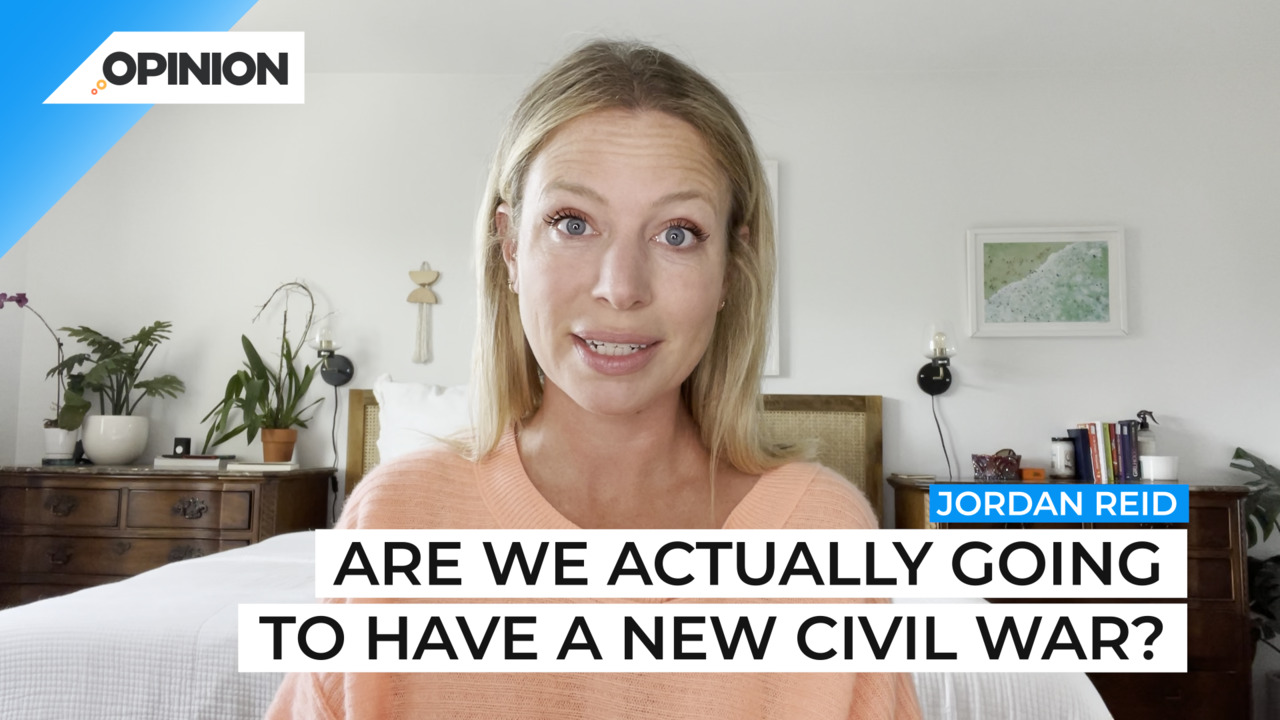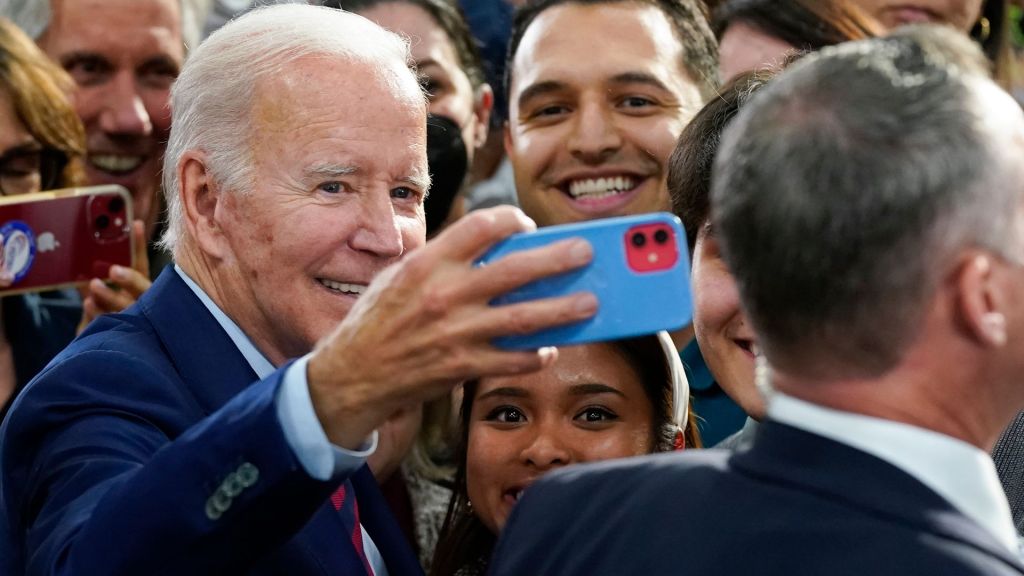
Commentary
-
Our commentary partners will help you reach your own conclusions on complex topics.
Like many of you, I’ll never forget Election Night 2016. I put my children to bed, whispering to my two-year-old daughter “When you wake up, you’ll discover that a woman can be anything” and settled with my cocktail for a joyful evening…and ended up several hours later crying in the bathtub. I remember calling my parents the next day and saying to them something along the lines of “We are going to have the second Civil War,” and them saying something to the effect of “Slow your roll.” We were all upset, but we still believed that the guardrails of democracy would hold. And that saying anything else was merely histrionics.
This whole “are we actually going to have a new Civil War” question, I’m not gonna lie, it does occasionally keep me up at night. And while I may have first said it more or less so someone would say “Oh come on, things aren’t that bad” – I can’t help but increasingly, terrifyingly, believe that it may come to pass.
In October 2020, Business Insider published a poll saying that the majority of Americans already believed we were in the midst of a “cold” Civil War.
Last fall, the University of Virginia Center for Politics released a poll finding that a majority of people who had voted to reelect Donald Trump in 2020 now wanted their state to secede from the Union, and also found that a whopping 41% of those who had voted for Joe Biden agreed with the statement that it might be time to “split the country.”
Now, to be clear, I don’t think we’re going back to the 1860s, with citizens grabbing their muskets and running out to defend their country, but the recent overturning of Roe V. Wade shows just how deeply the problem of states’ rights versus federal rights runs in this country.
We are already seeing states pass legislation with major implications within their own borders that differs wildly from that passed in neighboring states, and the toxic political atmosphere that has been stirred up in the past few years has only made that idea of extreme measure more palatable.
Oh, right. And as of right now, there are 393 million guns in civilian possession in the United States, and private militia groups are flourishing.
While the United States used to qualify as a “full democracy,” it is now considered a “partial democracy” along the lines of Somalia or Haiti.
That said, most of the entities calling for civil war are private entities with limited power, not public ones with the ability to compel citizens to do their will
The conflict is also less between states than within them – specifically, between metropolitan areas, which tend to go blue, and more rural populations, which are overwhelmingly red.
Government officials remain in a position to penalize citizens who engage for anti-democracy acts. This isn’t a fun topic but On the pro side, a second Civil War likely won’t look how we imagine. On the con side…a second Civil War likely won’t look how we imagine.
-
Portraying far-left and far-right as equal in ‘Civil War’ is wrong
The movie “Civil War,” which depicts Texas and California seceding from the nation to wage war on Washington, D.C., reflects a what-if scenario fueled by memories of the Jan. 6 Capitol attack. But as the presidential election looms, discussions about civil war have moved beyond theoretical debates to become a serious consideration among some voters.…
-
Why I doubt Trump will be convicted in hush money case
Donald Trump is the first former president to face trial on criminal charges. In the first of potentially four trials, Trump entered a plea of not guilty to 34 counts of falsifying business records. These charges stem from a $130,000 payment made to the adult actress and stripper Stormy Daniels, which aimed to keep her…
-
Political comedy has a role to play in Gaza
Political comedians in the U.S. have sometimes struggled to cover the war in Gaza, which has been defined by tremendous human suffering and high political polarization, none of which seems particularly funny. Comedian Ramy Youssef attempted to tackle some of those issues in an opening monologue of a recent “Saturday Night Live” (SNL) episode. Straight…
-
Republicans don’t care about female voters
Women make up the largest demographic among registered voters in America and consistently participate in elections, with over 68% turning out to vote in the 2020 presidential election. Some political analysts suggest that with the recent reversal of Roe v. Wade, abortion has become a key issue among voters, benefiting Democratic candidates. However, in the…
-
Birth control disinformation confuses young women on social media
A new social media trend may be responsible for spreading online disinformation about women’s birth control. Influencers and content creators have been publishing content that critics say is not only wrong but also potentially dangerous for young women and girls. Straight Arrow News contributor Jordan Reid confronts that disinformation and tries to clarify the pros…
Latest Opinions
-
 Getty Images
Getty Images
Biden uses NFL draft ad to try to connect with young voters
-
 Getty Images
Getty Images
Powering pot: Energy for US cannabis industry could electrify 13.5M homes
-
 Getty Images
Getty Images
Allies plan for Trump to have more control over interest rates
-
 Getty Images
Getty Images
FDA: Bird flu found in 1/5 commercial milk samples, suggests greater spread
-
 Reuters
Reuters
China permanently deploys warships to second overseas base
Popular Opinions
-
In addition to the facts, we believe it’s vital to hear perspectives from all sides of the political spectrum.


